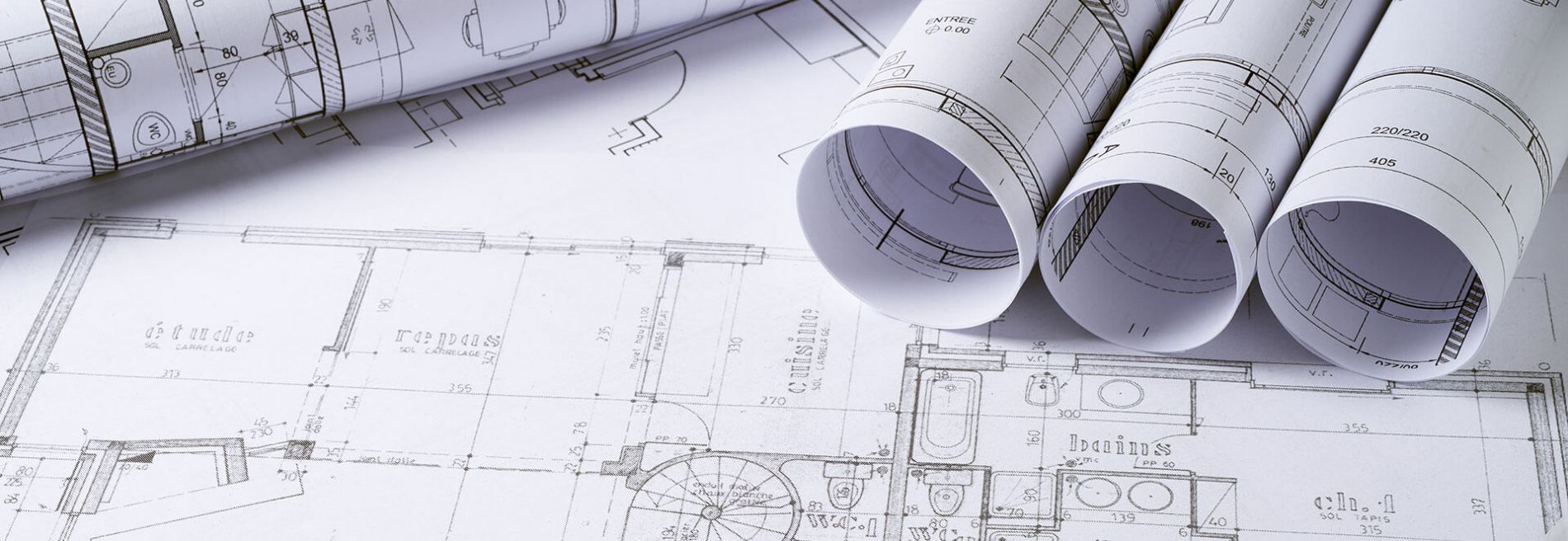
Technical
1. PRE AND POST INSTALLATION CHECK [ANSI / TPI 1 – SECTION 2.3.4 – REQUIREMENTS OF THE CONTRACTOR]
The contractor shall examine the trusses delivered to the jobsite and examine the trusses after they are erected and installed for:
- Dislodged or missing connectors,
- Cracked, dislodged or broken members, and
- Any other damage that may impair the structural integrity of the truss.
2. TRUSS DAMAGE DISCOVER [ANSI/TPI 1 – SECTION 2.3.4 – REQUIREMENTS OF THE CONTRACTOR]
In the event that damage to a truss is discovered that would likely impair the structural integrity of the truss, the contractor shall:
- Ensure the truss in not erected, or
- If the truss has already been erected, properly shore and support the truss to prevent further damage from occurring and keep the truss free of any load until field repairs have been properly completed.
3. TRUSS DAMAGE RESPONSIBILITY [ANSI/TPI 1 – SECTION 2.3.4 – REQUIREMENTS OF THE CONTRACTOR]
In the event of damage, the contractor shall:
- Contact the truss manufacturer and building designer to determine an adequate repair, and
- Construct the repair in accordance with the written instructions and details provided by the truss manufacturer, building designer and/or any registered design professional.
4. ALTERATIONS TO TRUSSES [IBS – SECTION 2303.4.5 | IRC – SECTIONS R502.11.3 & R802.10.4]
Truss members and components shall not be cut, notched, drilled, spliced or otherwise altered in any way without written concurrence and approval of a registered design professional. Alterations resulting in the addition of loads to any member (example, HVAC equipment, piping, additional roofing, or
insulation, etc.) shall not be permitted without verification that the truss is capable of supporting such additional loading.
5. TRUSS REPAIR [BSCI-B5]
Recommendation to correct damage, jobsite modifications or installation errors.
- Temporarily brace or support the truss to prevent further damage to the truss and danger to the workers.
- Report damage, alterations or installation errors to the truss manufacturer immediately.
- Provide the following information to the truss manufacturer:
- Job Name and/or Number [Available of Truss Tags]
- Truss ID Mark
- Location of the truss on the Truss Placement Diagram, as applicable
- Status of Truss – On ground or installed?
- Type of Damage – Lumber or Connector Plates
- If Lumber, provide location of the damage, dimensions of damage lumber and description of the damage.
- If Connector Plate, provide location of damage, description of damage, joint number(s), size of plates.
- If possible, it is best to mark-up the TDD of the truss(es) that are damaged.
- Photos are very helpful.
- DO NOT attempt to repair the truss without a Truss Repair Design Drawing (TRDD) from the repair designer.
- Prior to beginning the repair, lay the truss on flat or solid, level surface. If the truss is already installed, shore up the truss to relieve any load.
- Repair the truss by following the information provided in the TRDD exactly. Make sure to use the correct materials as specified and fastening materials (glue, nails, screws, etc.)
Seek professional guidance if anything is unclear. - Keep the TRDD in case the building official, building designer or owner request it.
- If the TRDD is not for the specified condition you are repairing, do not use it. Always follow the TRDD prepared for the specific situation.
- If the TRDD cannot be accomplished, inform the repair designer.

